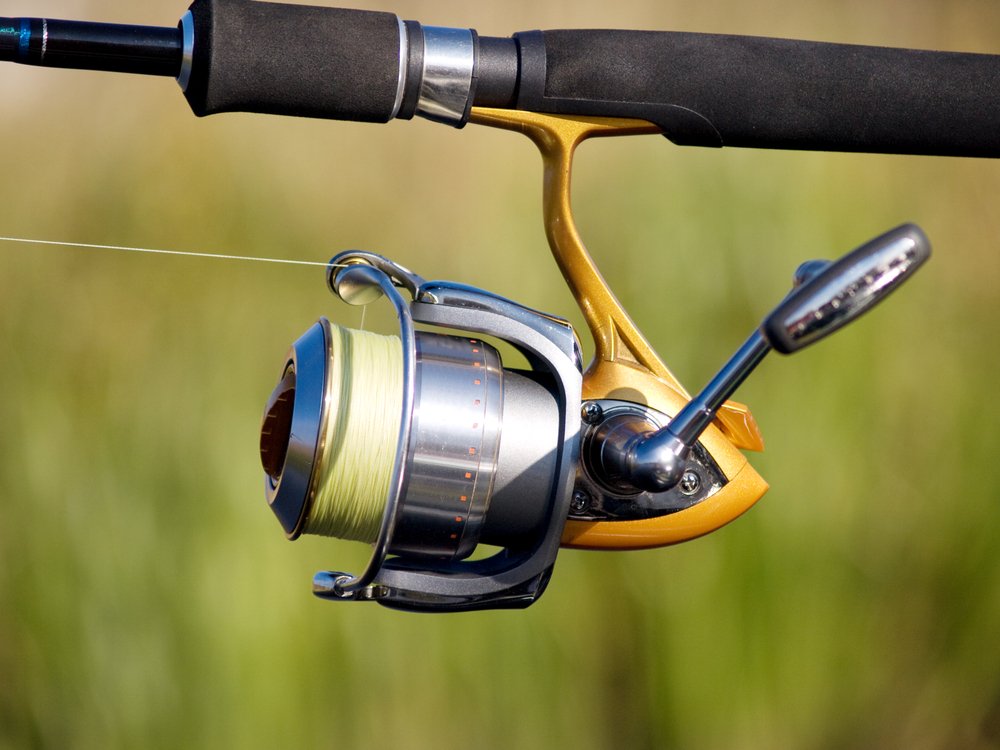How to Spool a Fishing Reel Like a Pro without Line Twists
I used to be like you. I was tired of constantly dealing with tangled fishing lines and poor casting. But then I learned the secrets of spooling a fishing reel like a pro! Don’t worry; I’ll teach you all about it, from the materials needed to the best ways to spool. You’ll be amazed at the difference it makes in your fishing experience. Say goodbye to frustration and hello to reel success! Ready to take your reel-spooling game to the next level? Let’s go!
What Reel Spooling is and Why it’s Important
Spooling is filling the reel’s spool with fishing line, and it’s necessary to do before you go fishing with a fishing pole unless you want to use your bare hands pulling on the braided line, which is guaranteed to cause blisters and sores (don’t do it!)
Why is proper spooling technique important? It ensures that the line is loaded correctly onto the reel, which prevents the line from tangling into a mess of looped cords and string knots. A perfect line on your reel allows you to cast smoothly and retrieve it without any breakage or other headaches, and you can truly enjoy your day on the water. So let’s master the art of spooling like a pro.
Equipment You Need for Spooling a Fishing Reel
Here’s the equipment you need:
- A fishing reel: this could be either a baitcasting reel, a spinning reel, a spincast reel, a flyfishing reel, or whatever you want.
- Fishing line: monofilament line, braided fishing line, or fluorocarbon line. It depends on the type of fishing you’re planning to do.
- A line cutter or scissors to cut the line.
- A measuring tape or ruler is helpful.
- A spool holder helps a lot.
- A line lubricant is optional.
Now that you have all that let’s get started.
Step-by-Step Instructions on the Best Way to Spool a Fishing Reel
Here are step-by-step instructions:
- Prepare the line by removing the old line from the reel and cleaning the spool and line guides.
- Thread the fishing line through the guide’s eyes from top to bottom and onto the reel.
- Measure the length of the line you need for your reel, or start filling it and stop before it’s complete.
- Place the spool on a spool holder to make the job easier.
- Tie a double overhand or arbor knot to secure the line tightly to the spool.
- Follow the direction of the arrow on the spool or the same direction as the reel spins.
- The spool is full when it has roughly 1/8th of an inch left to the rim. Only fill this much, or else you will overfill it.
- You can adjust the tension of the line by turning the drag knob on the reel.
- Double-check that there are no twists or tangles and that the line is distributed evenly on a leveled spool.
Here are a few tips:
- You can use a spool holder to keep the line.
- You can use a ruler to measure the amount of line if you have a loose line that’s not rolled onto any spool.
- You can use a line conditioner to lubricate the dry line to make it smoother to thread.
How to Restring or Respool a Fishing Reel
Here’s why you should restring a fishing reel. Sometimes the old fishing line is worn or torn, increasing the risk of breaking under tension while fishing and getting dragged into the ocean’s abyss with your expensive lure and the giant fish you missed out on.
How to restring a fishing reel step by step
- You need to remove the spool from the reel
- Then cut the old line from the spool
- Thread a new line onto the spool
- Secure the line by tying an arbor knot, and trim the excess line.
- Then reassemble the reel and adjust the tension.
Conclusion: Threading a Fishing Reel
Spooling a spinning reel is relatively straightforward and nothing to worry about. Following the step-by-step instructions, you’ll be casting and retrieving without a problem or care. Remember that it gets easier if you use a spool holder to prevent the line from tangling and use a line conditioner to make it smoother. Read other articles on this website to learn more about line management and fishing techniques.

